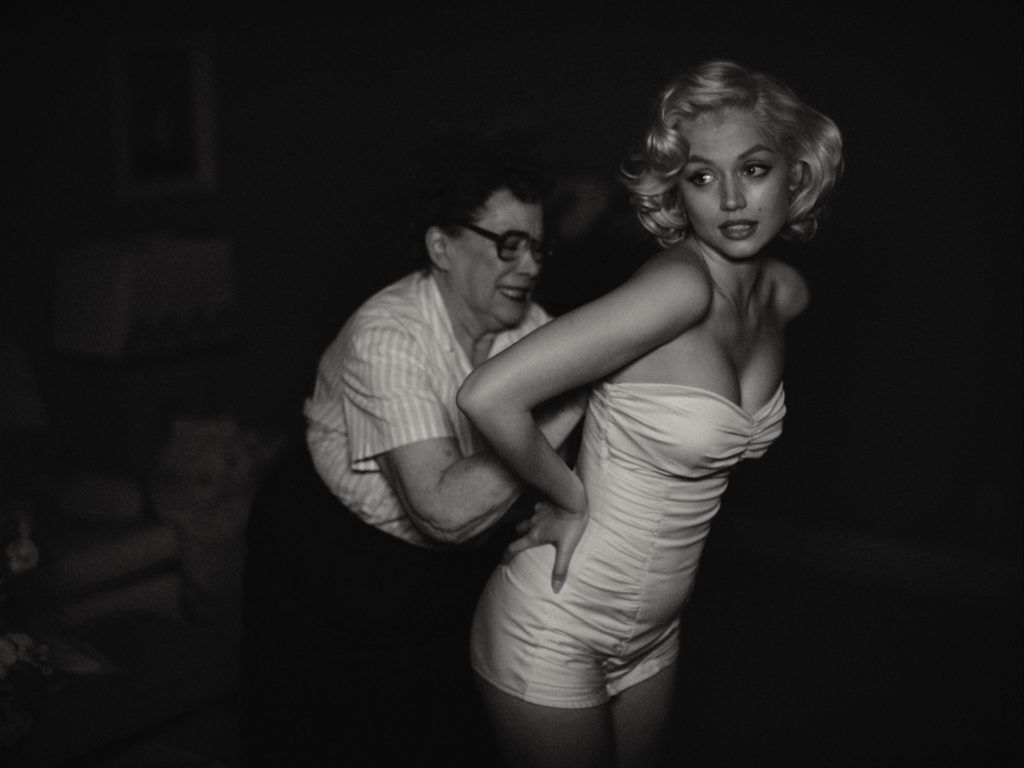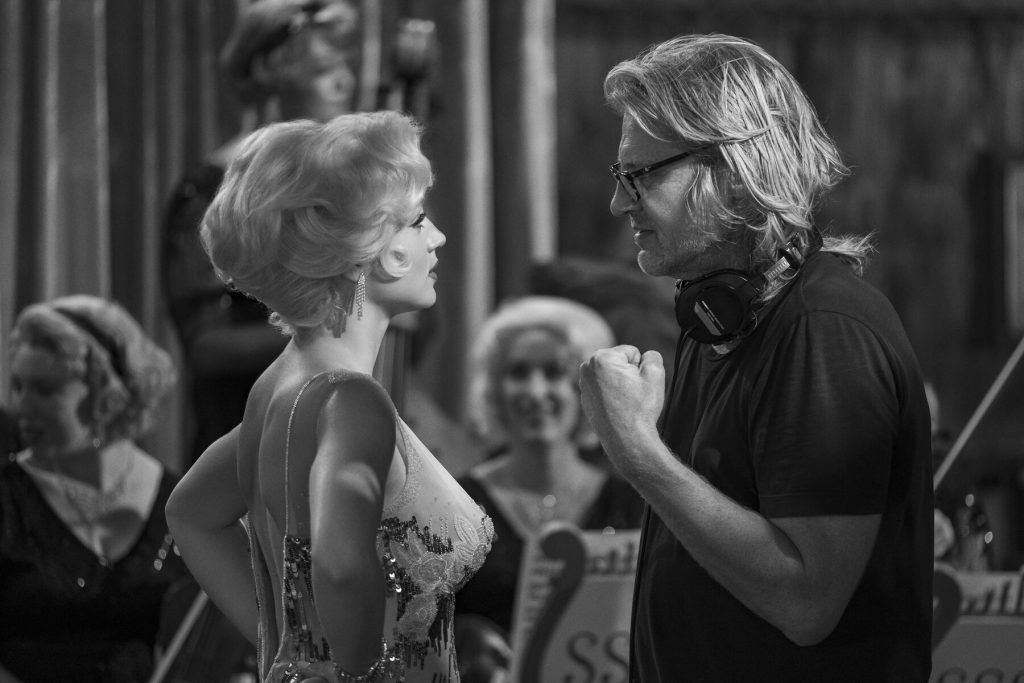
Blonde, the new “biopic” film on Netflix directed by Andrew Dominik, has divided audiences and caused debate.
Netflix’s ‘Blonde’: does the film portray Marilyn Monroe in an accurate light?
Even before it was released, the Marilyn Monroe “biopic” (more on why that’s in quotes later) from Netflix, titled Blonde, was already the talk of the town. It’s the first movie on a streaming platform to be rated NC-17, it’s based on a controversial novel, and a Cuban actress is playing Marilyn Monroe. It certainly piqued my interest, so on a rainy Bangkok night, I savoured the cool weather and got comfortable on my couch with a blanket to watch the film that got a 14-minute standing ovation at the Venice Film Festival.
And after watching it, I was… confused, to say the least.
I went into it thinking it was a biopic. Granted, it may have been my mistake, but it was marketed as a biopic, tagged as a biopic, and been described as a biopic. However, the novel it’s based on is touted as “biographical fiction”, so I guess I would have been aware of the movie’s fictional nature if I had read the book. Then again, director Andrew Dominik said that he didn’t use much of the original novel.

I found myself googling and Wikipedia-ing events and people as I watched the film because it seemed to be… well, out of this world. Was Marilyn really involved in a throuple with Charlie Chaplin’s son? Did her mother really try to drown her as a kid? Was her relationship with JFK—if there even was a relationship—really like that? Apparently, none of these events actually happened, which made me scratch my head. I get that it’s not biographical, but these were all real people. Was this “Marilyn Monroe, Remixed”?
The film’s description on Netflix sheds some light (a rather dim one) on what the movie is trying to do: “This fictional portrait of Marilyn Monroe boldly reimagines the tumultuous private life of the Hollywood legend—and the price she paid for fame.” So it’s fictional and a reimagining. It’s not like it hasn’t been done before, but I don’t think it’s been done to this extent. The Marilyn Monroe depicted in Blonde is someone who is used, misused, and abused by almost everyone around her. She was almost never truly loved but always wanted due to her body; had severe daddy issues, evidenced by how she calls the men she gets into relationships with “daddy”; and towards the end, is a miserable wreck who constantly had outbursts even when she was just lying on a massage table.

Dominik says that he wanted to show how Marilyn was “consumed by that great icon of the twentieth century”. In fact, Marilyn in the film deplored being called Marilyn Monroe, and it’s even depicted as a completely distinct personality at one point. Marilyn is the woman the public adored, but Norma Jeane was who really she wanted to be, someone who wanted to live a quiet life, settle down, and have a family. Throughout the whole film, she struggles between the two, wanting to be Norma Jeane but being forced by the world to be Marilyn. In real life? Marilyn had no problem being Marilyn, and she legally changed her name in 1956. “Marilyn Monroe” is what’s written on her crypt at Westwood Village Memorial Park Cemetery, not Norma Jeane.
Dominik’s intention of portraying a woman who was used all her life is ironic because it felt like Marilyn Monroe’s life was used and rehashed—or “reimagined”, to use their word —for the sake of this film. A majority of it is fiction; even Marilyn Monroe herself seems to be a figment of Dominik’s imagination rather than based on the actual iconic actress, which is a shame because Ana de Armas plays the part so well. Sure, her natural accent seeps through, but an accent is just a small part, and de Armas has it down to a T. Her dedication to portraying Marilyn accurately shines through despite Dominik’s distracting shock-value spectacles and the decision to have Marilyn topless for a majority of the movie for some reason, and it makes me hope that she can portray Marilyn in a proper biopic sometime soon.
Evidently, I didn’t get Blonde. I didn’t understand it. Maybe there’s some artistic perspective that I’m supposed to have so that I could appreciate it. But I feel like a lot of what Dominik was trying to do was lost in translation and in the NC-17-rated exhibition that I felt shouldn’t have been the case in the first place (seriously, why film from that angle in that scene?). Whether Dominik meant well or not is something people will debate for the days to come, but in the quest to save Marilyn Monroe, Blonde, unfortunately, has exploited her even more.

This story first appeared on PrestigeOnline Thailand

